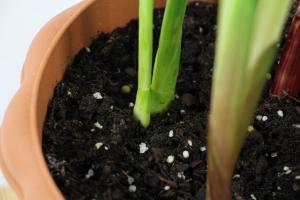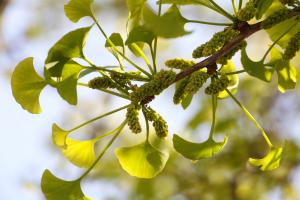What is Caring for Plants in Pots Called?
Caring for plants in pots is known as container gardening. Whether you have a small balcony, a sunny windowsill or a backyard, container gardening makes it possible to grow plants in almost any space. It is a versatile and enjoyable way to add natural beauty to your home, but also requires careful attention to detail to ensure the success of your plants.
Choosing the Right Container
The first step to successful container gardening is choosing the right container. The container should be large enough to provide adequate room for the roots to grow, and must also have proper drainage to prevent waterlogging the soil. Choose a container that is made of a material that will not break down or rust easily, such as ceramic or plastic, and consider the climate and environment in which the container will be placed.
Selecting the Right Soil
The type of soil used is another important factor to consider for container gardening. Using high-quality potting soil that is formulated for container plants will provide the necessary nutrients and moisture retention for plant roots to thrive. Look for potting soil that is designed for the specific plants you will be growing, such as cacti or succulents. You can also enrich your soil with natural fertilizers, such as compost or worm castings.
Watering and Drainage
Watering and drainage are critical to the success of container gardening. Plants in pots can quickly dry out, especially in hot weather or in windy locations. A good rule of thumb is to check the soil for moisture every few days, and water the plants when the top inch of soil is dry. Be sure to avoid over-watering, as this can lead to waterlogged roots and root rot. Additionally, proper drainage is necessary to prevent the soil from becoming waterlogged. Make sure the container has adequate drainage holes and that excess water can escape.
Proper Sunlight and Temperature
Plants need the right amount of sunlight and temperature to grow properly. Most container plants require a minimum of 6 hours of sunlight per day, so it is important to choose the right location for your container. You can also consider using shade cloth or other protective covers to shield plants from extreme heat or cold, especially in harsh climates.
Pest Management
Pests can be a problem for plants in pots, just as they are in traditional outdoor gardens. Regularly inspecting and removing any insects, mites or other pests is critical to ensure the health of your plants. You can also consider using organic pest management techniques, such as insecticidal soap or neem oil, to manage pests.
Conclusion
Caring for plants in pots is a rewarding and enjoyable pursuit. Container gardening can be done in almost any space, and provides the opportunity to grow a variety of plants. Following these basic tips for container gardening – choosing the right container and soil, watering and drainage, proper sunlight and temperature, and pest management – will help ensure success for your plants and a beautiful, natural addition to your home.

 how many times do yo...
how many times do yo... how many planted tre...
how many planted tre... how many pine trees ...
how many pine trees ... how many pecan trees...
how many pecan trees... how many plants comp...
how many plants comp... how many plants can ...
how many plants can ... how many plants and ...
how many plants and ... how many pepper plan...
how many pepper plan...




























